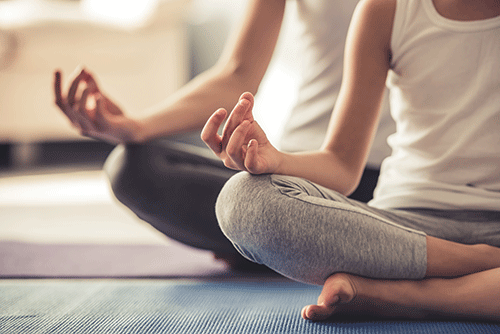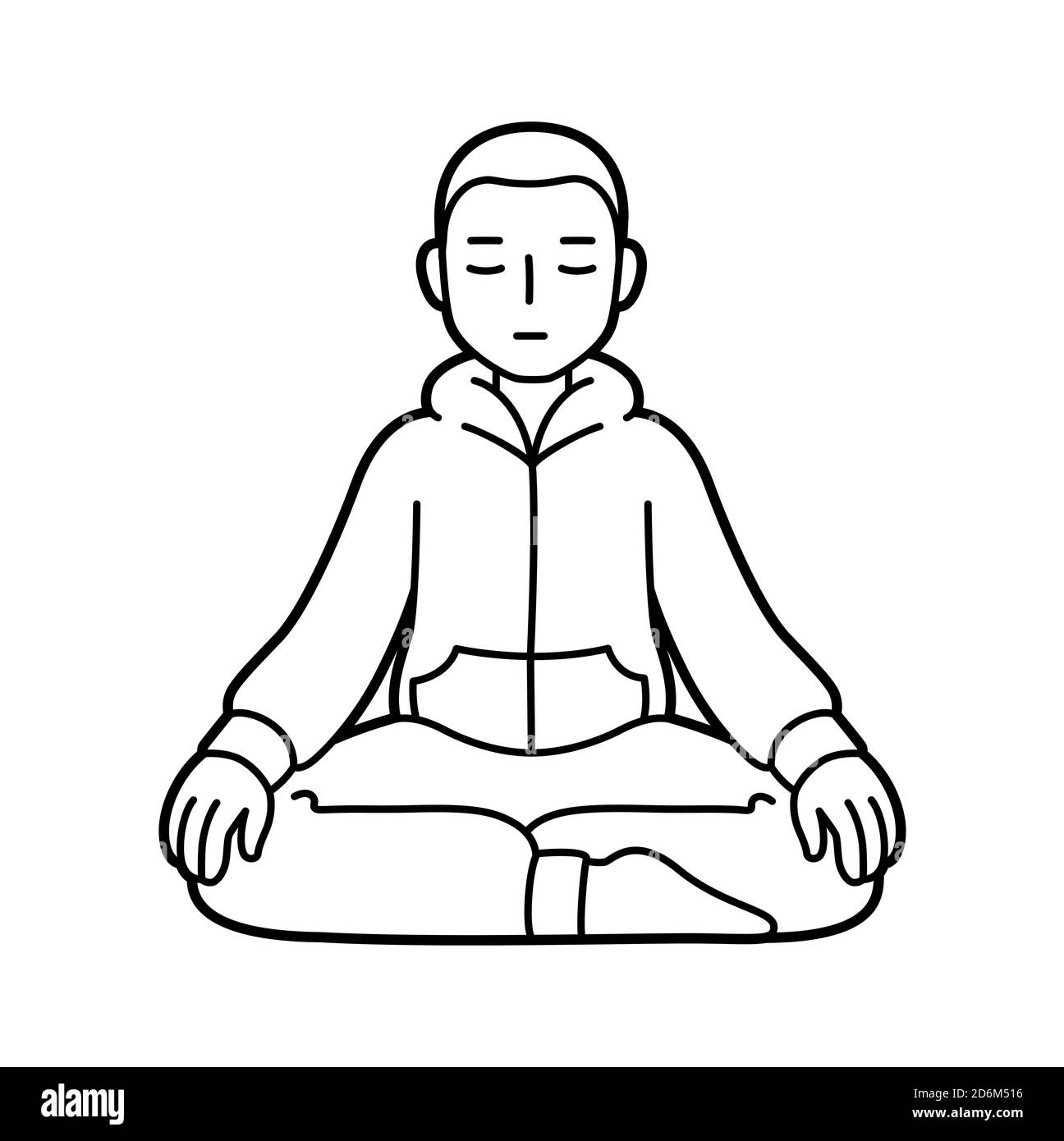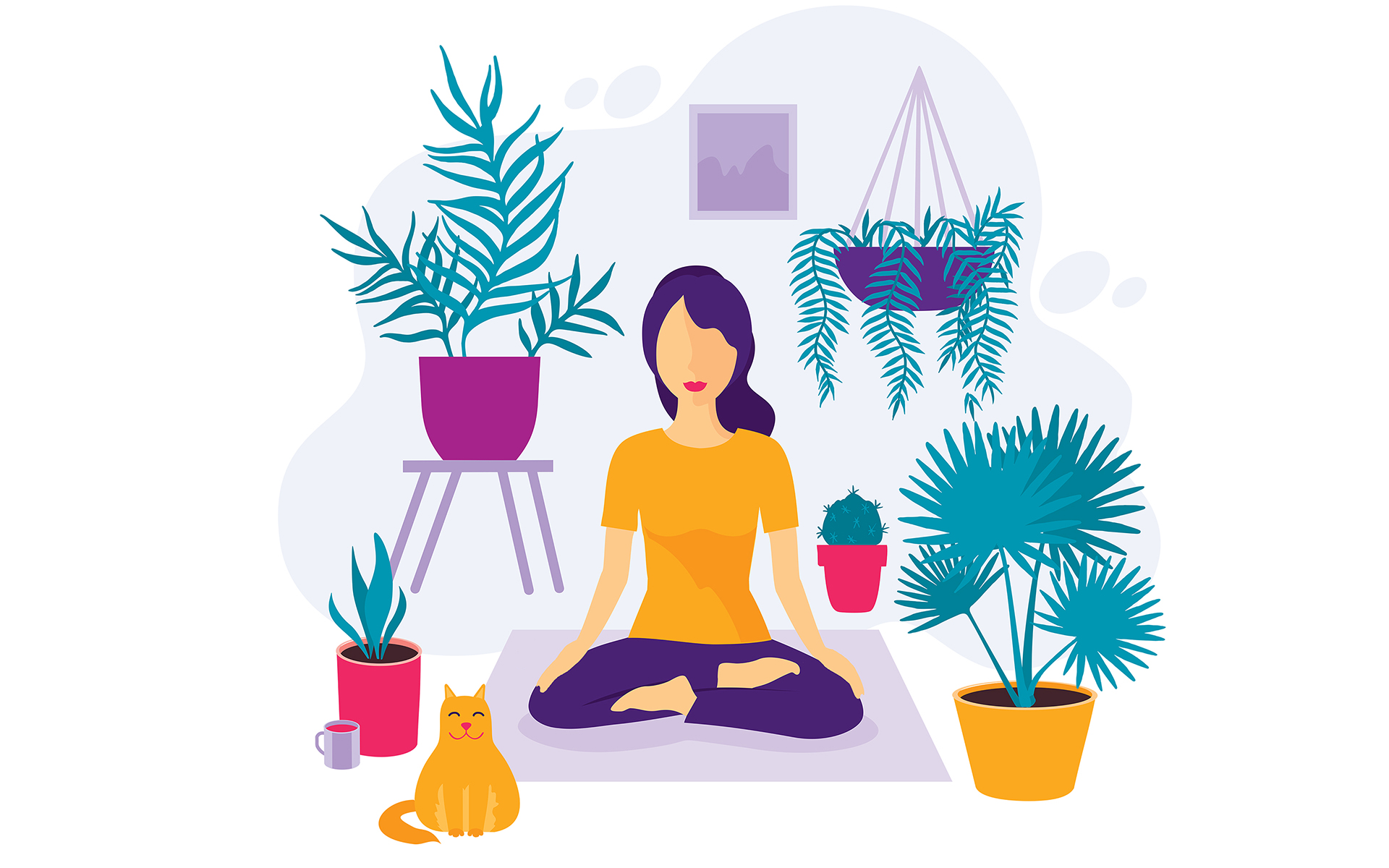A Step-by-Step Technique on How to Meditate? for Stress and anxiety Alleviation
A Step-by-Step Technique on How to Meditate? for Stress and anxiety Alleviation
Blog Article
How to Meditate: A Step-by-Step Strategy to Achieving Mindfulness and Calmness
Reflection offers as an effective device for attaining mindfulness and psychological tranquility in a busy globe. By recognizing the basic principles and methods included in meditation, individuals can cultivate a practice that enhances their overall health.
Recognizing Meditation
Recognizing reflection includes realizing its basic principles and methods, which act as the foundation for the practice. At its core, reflection is a psychological workout aimed at promoting leisure, constructing internal power, and establishing concern and understanding. The method encourages individuals to focus their interest, usually via methods such as deep breathing, visualization, or rule repeating.
Meditation can be classified right into various styles, including mindfulness, transcendental, and loving-kindness meditation, each with distinctive functions and approaches. Mindfulness meditation stresses present-moment understanding and non-judgmental observation of ideas and sensations, while copyright involves making use of certain mantras to go beyond normal mind. Loving-kindness meditation focuses on creating an attitude of love and concern in the direction of oneself and others.
Despite the strategy utilized, the key goal stays consistent: to cultivate a deeper understanding of the mind and its patterns. This self-awareness cultivates psychological resilience, clarity of idea, and a profound feeling of tranquility (How to meditate?). By comprehending these methods and concepts, people prepared for an effective reflection method that can considerably boost their overall health
Preparing for Your Technique
Prior to starting your meditation method, it is crucial to create an environment favorable to concentrate and leisure. Ensure that the area is free and clean of clutter, as a neat atmosphere can aid get rid of the mind.
Consider the lighting, as all-natural light can improve your mood and energy. Soft, warm illumination is usually extra calming than severe fluorescent lights. Furthermore, select a comfortable temperature, making certain that you are neither too hot nor too cold.
Integrating aspects that promote harmony can additionally boost your experience. This could consist of soft cushions or blankets for comfort, as well as relaxing aromas from necessary oils or incense. It can also be helpful to have a timer established for your reflection session to stop distractions from clock-watching.
Basic Meditation Techniques

An additional effective method is body check reflection. This involves psychologically checking your body from head to toe, noticing any type of locations of stress or discomfort and consciously kicking back those muscular tissues. This practice fosters a deeper link in between your mind and body.

Last but not least, loving-kindness reflection focuses on cultivating concern towards yourself and others. Calmly repeat phrases of a good reputation, improving emotional health and interconnectedness. Each of these methods serves as a foundation for your reflection journey, permitting you to discover the method that reverberates best with your individual practice.
Keeping Focus and Mindfulness

Establishing a specialized meditation area can improve the capability to preserve mindfulness. A peaceful, clean environment reduces diversions, enabling for deeper immersion in the method. Additionally, setting a time frame can you can try this out help manage assumptions; beginning with much shorter sessions may relieve the transition into longer techniques.
Using methods such as body scanning or observing sensations can also bolster mindfulness. These approaches motivate specialists to stay existing and involved with their physicality, anchoring their attention in the minute. Routine practice is important; the mind constructs durability in time, creating a more powerful capability for focus.
Incorporating Reflection Into Life
Incorporating reflection into day-to-day live can change routine tasks into possibilities for mindfulness and self-reflection. By incorporating mindfulness practices right into common jobs, individuals can cultivate a better sense of visibility and harmony amidst the numerous hours of everyday life.
Begin by identifying minutes throughout your day where you can stop briefly and practice mindfulness. Throughout your morning commute, emphasis on your breath or the feelings of the environment around you. In the cooking area, method food preparation as a reflective practice, appreciating the structures, colors, and scents of the ingredients. Even ordinary activities like washing recipes or walking can become chances for reflection by directing your interest to the experiences of movement and the noises bordering you.
Furthermore, alloting specialized times for meditation can enhance its practice. Start with short sessions, slowly boosting period as you come to be extra comfortable. Use reminders or hints-- like a certain time of day or a relaxing audio-- to develop uniformity.
Eventually, the goal is to weave mindfulness into more info here the fabric of every day life, permitting you to come close to each minute with objective, thus enhancing your overall feeling of health and clearness.
Final Thought
In verdict, efficient reflection needs a quiet atmosphere, a comfortable setting, and a focus on the breath. Routine meditation, also in brief sessions, promotes a deeper link to the present minute, ultimately leading to better calm and psychological clarity in day-to-day life.
Meditation can be categorized into various designs, including mindfulness, transcendental, and loving-kindness reflection, each with distinct functions and methodologies. Mindfulness meditation stresses present-moment awareness and non-judgmental monitoring of ideas and feelings, while transcendental reflection involves the usage of specific rules to go beyond regular idea processes.With your meditation area prepared, it's time to discover various fundamental reflection techniques that can help grow description mindfulness and internal peace.Regularly preserving emphasis and mindfulness during reflection can be tough, especially for those new to the technique.Establishing a committed meditation area can enhance the ability to preserve mindfulness.
Report this page